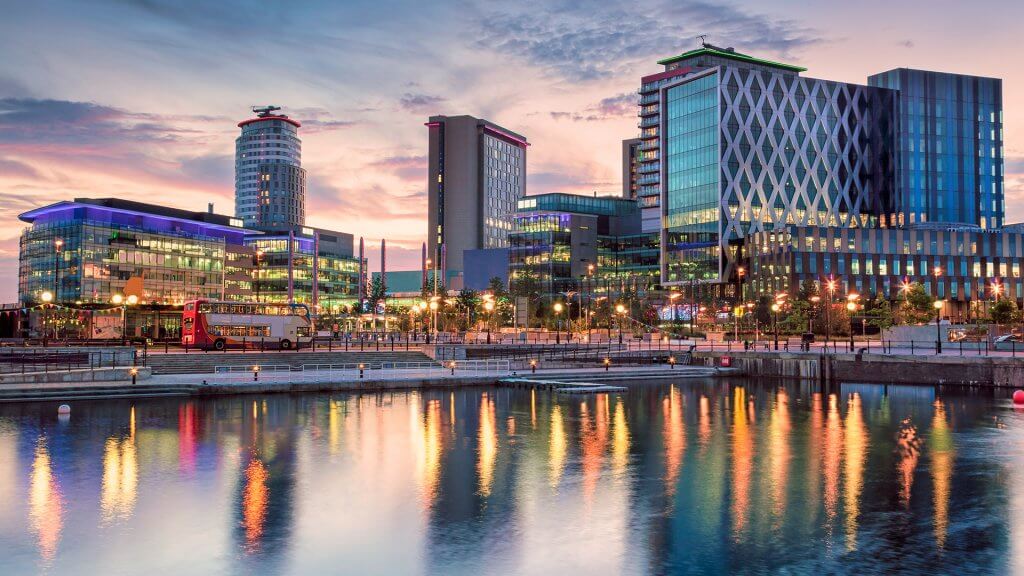Back in June 2019, the UK became the first country to pass a net zero emissions law, with a target set for bringing all greenhouse gases to net zero by 250.
This pledge from the government has had a big impact on the way businesses work, inspiring many to introduce new ways of reducing their carbon footprint. For businesses operating off-grid, one of the options available to reduce carbon emissions is to switch to from oil to gas as a preferred energy supply.
Not only can switching from oil to gas help reduce carbon emissions, but it has the added benefit of potential cost savings. To find out who’s been playing their part in creating a green future, leading Liquefied Petroleum Gas (LPG) supplier, Flogas have put together a list of businesses who’ve made the switch already.
Tamnavulin – whisky distillers
Based in Speyside, Tamnavulin is a single malt whisky distillery that produces over four million litres of Scotland’s favourite tipple a year. Driven by the Medium Combustion Plant Directive (MCPD), and a business requirement to cut carbon emissions and running costs, Tamnavulin turned to gas instead of oil.
Tamnavulin’s fuel requirements were assessed and a bespoke gas storage system was designed, along with all their pipework and civil work. This allowed the distillery to switch from heavy fuel oil (HFO) to LPG.
When compared to another distillery that still operates using HFO, Tamnavulin now produces 269 times less particulate matter, 767 times less sulphur dioxide, and three times less oxides of nitrogen.
Result of switching from oil to LPG: 19.7% per year reduction in CO2 emissions
Carden Park Hotel
Set within a picturesque 1,000-acre estate, Carden Park is a luxury 196-room hotel 196 that also boasts 18 meeting rooms, a spa, two championship golf courses, two restaurants and 10 wedding ceremony venues, as well as a three-acre vineyard.
Over 20,000 guests visit the off-grid hotel each calendar year, so a substantial amount of energy is needed to power heating, hot water, and other facilities like the kitchen.
With such a high energy consumption, the hotel was spending heavily on oil and were looking for more sustainable ways find a way to reduce their overheads. They researched other off-grid options, such as renewables, but LPG was deemed the most appropriate choice and provided them with the quickest results -which ended up being a saving of 277 tonnes of carbon every year.
10 LPG tanks were discreetly fitted underground in the vineyard to ensure there was no visual impact on the landscape for guests, staff and visitors.
Result of switching from oil to LPG: 23% reduction in annual CO2 emissions, 21.8% saving in fuel costs
Pat Munro – quarrying & aggregate production
As one of the biggest contractors in the Scottish Highlands, Pat Munro owns and operates quarries, and manufactures roadstone and concrete, as well as recycled aggregates and tarmacadam.
With vast production comes a huge heat demand on an annual basis. The company was previously using up to half a million litres of gas oil – also known as ‘red diesel’ – to heat tens of thousands of tonnes of rock in its roto dryer every year – generating 1,114 tonnes of CO2e in the process.
After Pat Munro’s energy needs were assessed, a project-managed team helped the switchover from start to finish, which included specifying, designing, and installing the fuel system and LPG tanks, and supplying the LPG.
Result of switching from oil to LPG: 25% reduction in CO2e emissions, 19% saving in fuel costs
The standard setters
This article has delved briefly into business examples of the companies switching from oil to gas. The benefits, including cost saving is clear to see, so the hope is that more businesses on a year-by-year basis give serious consideration to switching from oil to gas.





























